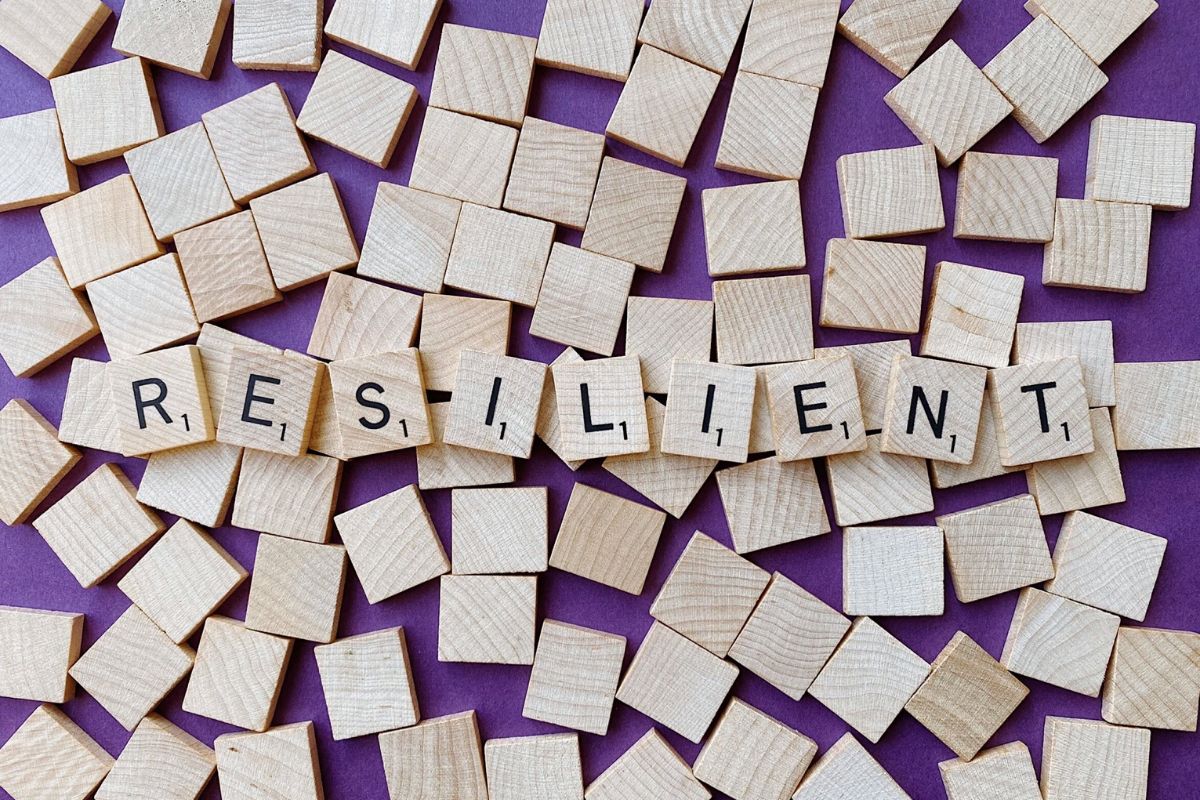This article first appeared on Neurozone.com (https://blog.neurozone.com/how-psychological-resilience-prevents-burnout)
Authors: Tyler Phillips (Research Psychologist & Research and Content Consultant) and Dr Etienne van der Walt (neurologist and CEO & founder of Neurozone®)
Burnout is on the rise worldwide. The World Health Organization defines burnout as a medical condition caused by prolonged workplace stress that isn’t managed effectively. To avoid burnout, we must manage stress more effectively and recover from it faster.
Resilience is our ability to handle stress successfully, and it's been identified as a key factor in preventing burnout. We’ve corroborated this, showing through our data that increasing psychological resilience can predict a decrease in burnout. But how exactly does psychological resilience protect us from burnout? Let's explore what the research says.
How Burnout Develops
Christina Maslach, a leading expert on burnout, explains it as unfolding in three stages:
Job demands exceed a worker’s resources and capacity.
The worker begins to withdraw emotionally and socially due to this unmanageable pressure.
A sense of low personal accomplishment emerges because of the gap between what's expected and what's achievable.
These stages lead to three primary symptoms of burnout:
Emotional exhaustion: Feeling drained and struggling to cope with emotions.
Depersonalisation: Growing cynical and detached from work.
Inefficacy: A sense of not achieving or contributing enough.
To address burnout, we need to tackle the imbalance between job demands and available resources. This is where resilience comes in, as it strengthens personal resources for managing stress.
Resilience: A Key Personal Resource for Managing Stress
Personal resources are the internal factors that help us cope with stress. These include:
Positive emotional outlooks, like optimism and gratitude.
Motivational fuel, like having a sense of meaning and gaining confidence from achieving our goals.
Reminders of agency, like self-efficacy (being able to do what we set out to do) and being able to control our environment.
The Neurozone® Resilience Index measures resilience through these resources, among other factors. So, your resilience level reflects, in part, how full or depleted these resources are in your current circumstances.
We can see how these resources slow the development of burnout. For example, optimism and gratitude can buffer emotional exhaustion, while motivational fuel helps prevent detachment from work. Reminding yourself of your agency helps protect your sense of accomplishment. And while you can directly build resilience by cultivating these resources, there are other, indirect ways to strengthen it as well.
Holistic Ways to Build Resilience
If you find it challenging to feel more optimistic or empowered, you can boost resilience in other ways. For example, bonding with those in your social support network can refuel positive emotions and remind you of your achievements. Attending to your physical health—through exercise, nutrition, and sleep— can energise your brain and body, making it easier to access optimism, gratitude, and confidence.
There are many behaviours you can cultivate to increase resilience and protect yourself from burnout. The Neurozone® Personal Assessment evaluates 59 behaviours that can help you build resilience and indicates which ones are currently the most important for you to focus on. At the same time, addressing burnout requires more than relying on individual resilience. It also requires tackling the job pressures that contribute to it.
Reducing Burnout in Workplace Cultures
Preventing burnout is not just an individual responsibility—it requires collective action from teams, leaders, and organisations. Research shows that leaders who micromanage tend to increase burnout among their employees, while supportive and encouraging leaders reduce it. This makes sense since micromanagement stifles employees’ sense of control and efficacy. Additionally, leaders who communicate clearly and effectively and care about employees’ emotions and well-being help reduce emotional exhaustion and detachment.
Team dynamics also play a critical role. Teams that share values, support one another, and handle conflicts constructively foster resilience. In contrast, poor team dynamics can lead to isolation and, therefore, a greater risk of burnout.
Finally, and perhaps most obviously, managing workloads effectively is crucial. When work is distributed fairly and employees' rest time is respected, the tension between job demands and available resources closes. Stress becomes more manageable, and burnout becomes less likely.
Conclusion
In an ideal world, workloads would always be reasonable, and stress would always be manageable. However, in reality, we often have to rely on personal resources—like optimism, gratitude, and self-efficacy—to protect ourselves from burnout. Building psychological resilience means developing these resources. It also means maintaining our physical and social well-being, so that we have even more resources to fight off stress and its effects.
At the same time, resilience isn’t just an individual effort—it requires teamwork, supportive leadership, and healthy workplace cultures. Ultimately, it will take individual as well as collective resilience to immunize us against the syndrome of burnout.
Share this post
Newsletter
Get up-to-date industry news right in your inbox



